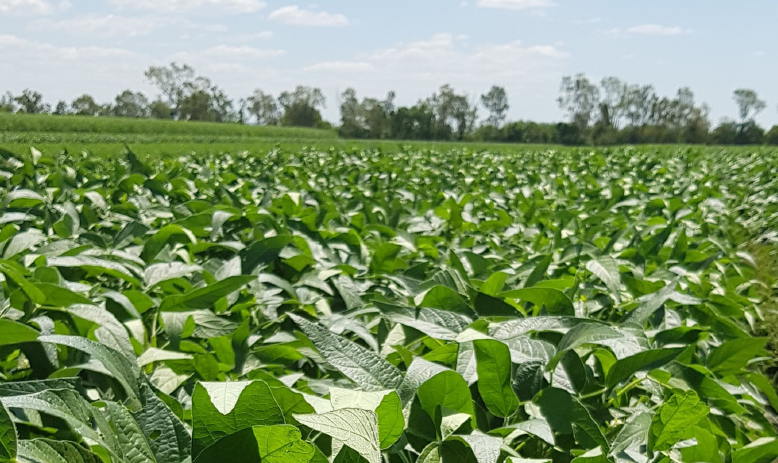Recently we have had a week of Fallow crop meetings.
We started with the MIP project staging a Mixed species fallow crop meeting which included local growers, resellers, TSL, TCPSL, SRA and T.R.A.P consulting joining forces with the MIP and WTSIP staff to give growers a range of information on mixed species fallow cropping.
Well known Herbert growers Alan and Jenny Lynn also attended to share their experience with mixed fallows.
Then on we had two “Tully Fallow Crops” meeting run by TSL and SRA, with the same group of people attending to give growers as much information as possible for fallow cropping. These two meetings are annual events which first started back in 2015 as part of the Tully Variety Management group work.
Fallow crops are an essential part of the cane cropping system, apart from giving the soil a break they also help reduce weed pressure for the next cane crop as well as provide organic matter for the soil.
At these meetings we went through the different types of fallow crops with an emphasis on the basic agronomy for growing the fallows and what to do when the crop is finished.
One option for planting these days, as has been mentioned before is where the old cane crop is sprayed out and the fallow, especially if it is a legume is planted beside the dead cane, or the fallow can be planted beside the old cane crop which is sprayed out later.
Then when the fallow crop is finished we recommend to spray it out and leave the crop residue on the soil surface to start rotting down, before finally incorporating the dead material within month or so of planting, which of course all depends on the weather. This way some of the organic Nitrogen made available by the legume fallow can be utilized by the young cane crop once it starts producing roots.
Apart from the standard fallow crops we have grown for years like Cowpeas, Dolichos, Soybean, other options were also discussed during the week, especially at the MIP meeting. One which always raises interest is Crotalaria or Sunn Hemp. This is the preferred fallow crop of my colleagues in Brazil where it grows 1-3m high as a fallow and when it is finished they spray it out and the next cane crop is planted amongst the dead Crotalaria. The billet planters they use in Brazil are very large and the whole operation looks rough but within a week or so, the young plant cane looks brilliant and there is virtually none of the dead Crotalaria residue left as it breaks down quickly.
Whatever the fallow crop used, in whatever crop and country, the principle is the same, we need to give the soil a rest after a cane crop cycle and introduce a fallow crop, or several fallow crop species to provide organic matter to the system and help reduce weed pressure.
The meetings this week were all well attended and we hope to have a good fallow crop season in 2020-21.

